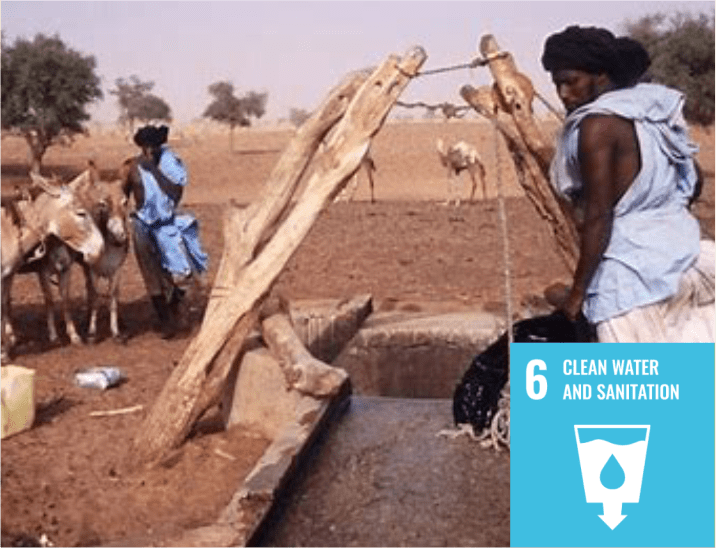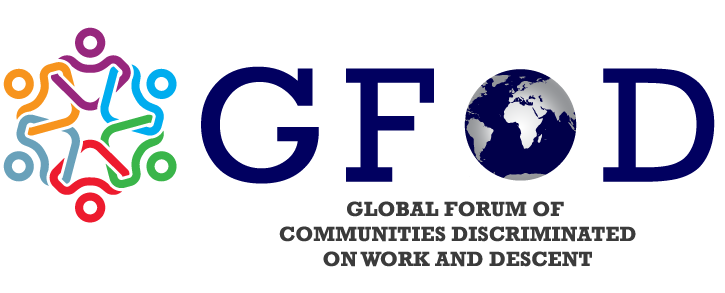SDG GOAL 6 – Clean Water and Sanitation

2.2 billion people lack access to safely managed drinking water. Further, over 4.2 billion people lack safely managed sanitation. Climate change and disasters like floods and droughts are only serving to exacerbate the situation. 80 per cent of wastewater in the world flows back into the ecosystem without being treated or reused.
Additionally, the COVID-19 pandemic showed the challenges to manage water availability as billions were unable to safely access drinking water, sanitation and hygiene services. The safe access to water (beyond just access to safe water) was a predicament for discriminated communities, especially those discriminated on their work and descent.
According to data from the Brasil Quilombola Program (BQP.), 55.21 per cent of quilombola households do not have running water. The lack of piped water supply that leads to the search for other inadequate sources adds to the poor conditioning of water.
The Quilombola community of some 400 people called “Narcissus Middle Creek” (Córrego do Narciso do Meio), located at 25 km from the city of Araçuaí, the largest municipality in Jequitinhonha dream of seeing water flow through the taps in their homes.
A report from the WHO and UNICEF Joint Monitoring Programme (JMP) says that people in the Conceição quilombola community in Bequimão (state of Maranhão) do not have access to desirable quality water. The report quotes 16-year-old Aldenice Melo as saying, “The well water that supplies the community is not the best. It’s brackish. So we have to travel to a neighbouring village to fetch drinking water.”

